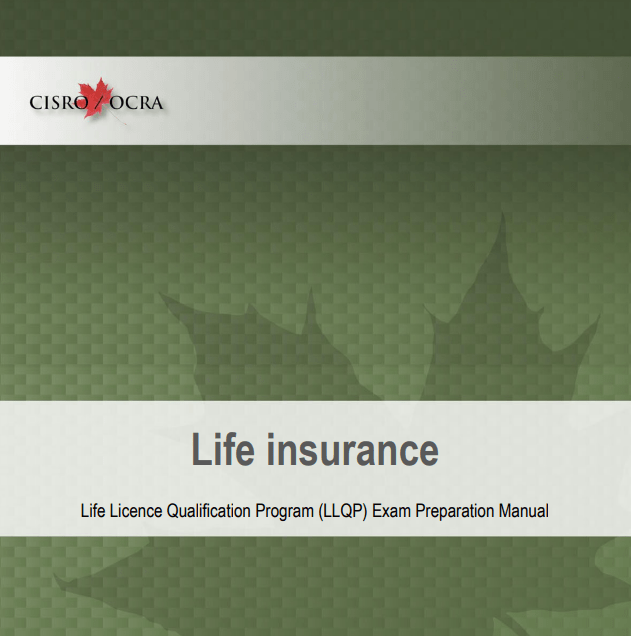Chapter 22: Mortgage Fraud
July 17, 2023
- Mortgage fraud is the deliberate omission of information, use of misstatements or misrepresentations to obtain, purchase, or fund a mortgage loan.
- The increased usage of technology in the mortgage industry has allowed those committing mortgage fraud to take advantage of legitimate initiatives such as AVMs, Risk Assessment Tools, electronic registration of land titles documents and to communicate without face-to-face meetings. The mortgage market’s competitiveness is also a factor. There are more Lenders in today’s mortgage market than at any other time in Ontario’s history and those Lenders are competing for Borrowers. Due diligence is often sacrificed for faster approvals as Lenders cope with the potential of losing customers to other Lenders who provide faster service.
- According to the Criminal Intelligence Service Canada (CISC), mortgage fraud may be committed to further other criminal activities such as the financing of marihuana grow operations, drug labs, and money laundering. Many crime organizations and individuals will commit mortgage fraud to obtain the proceeds of the mortgage without the intent to repay the loan.
- Fraud for shelter is one of the most common forms of fraud in the mortgage industry. This type of fraud occurs when an individual wishes to purchase a home in which to reside with no intent to abscond with mortgage funds or fraudulently sell the property by misstating or misrepresenting his or her status. In most cases this type of fraud involves inflation of the purchaser’s income to obtain mortgage financing. This can be harmful to the Borrower since he or she may not be able to afford the mortgage, leading to financial hardship. It can harm the Lender due to mortgage arrears and defaulting loans, and the Mortgage Brokerage industry as a whole since Lenders may scale back these products if they show a high vulnerability to fraud.
- Misstatements about liabilities, at 71%.
- Psychological, reputational and economic.
- The steps include identity verification, employment and income verification, occupancy verification, credit and property verification.
- Identity
- The applicant cannot provide any photo identification, or says that he or she will provide photo identification but consistently does not. In addition the quality of the identification must be considered, especially if it does not appear to be genuine.
- If the applicants are not available to meet or if one applicant is never present.
- Employment and Income
- The applicant’s job letter contains inconsistencies or errors. For example, if it does not match pay stubs or what the applicant has disclosed about the amount of income, the time employed or his or her job title or has spelling or grammatical errors.
- If, when verifying the applicant’s employment, the Mortgage Agent cannot find a directory listing for the business, or the business contact number (as provided or as stated on the job letter) is a residential number or cellular number. This information can be obtained by conducting a business phone number search or reverse directory lookup using www.canada411.com or other Internet services.
- The position and/or income is inconsistent with the applicant’s age.
- Assets
- The applicant states that he or she has significant income but little or no assets.
- Meeting Location
- If the client insists on meeting at a location other than the location of the property to be mortgaged. This may simply be based on convenience, and if the Mortgage Agent’s process includes meeting in his or her office this may not be considered a warning sign. The Mortgage Agent should request a copy of a recent utility bill with the applicant’s address and name.
- Contact Information
- If the applicant only has a cellular phone for contact purposes (although more consumers are using cellular phones as their homes phone).
- The LTAF is designed to compensate individuals who have suffered financial losses due to errors or omissions in the land registration system and real estate fraud.
- Title Insurance
- Consumers should obtain title insurance on every property that they buy and get a title insurance for any property that they currently own. This can protect against future acts of title or mortgage fraud.
- Document Destruction
- Consumers should destroy all bills and other personally identifiable documents by using a paper shredder instead of simply throwing them in the garbage. This can prevent criminals from obtaining this information by going through a consumer’s garbage. It is now common for criminals to take several containers of garbage from consumers’ homes to a different location to search for documents containing personal identity information which can then be used to impersonate the consumer.
- Home Inspection
- A homebuyer purchasing a resale home should have it inspected. This can prevent the buyer from purchasing a house that was used as a grow op or a drug lab.
- ATMs
- Consumers should strive to withdraw cash only from their bank’s ATMs. There have been several circumstances where ATMs in small gas stations or other stores have been compromised, allowing the criminal to record debit card and PIN information.
- PIN Numbers
- Consumers should always protect their PIN numbers, including debit card and credit card numbers to prevent unauthorized use of these cards.
- Credit Reports
- Consumers should pull their own credit report every three to six months to ensure that there are no inquiries or debts that the consumer has not authorized. This can be done online through Equifax and Transunion.
- Online Shopping
- Consumers should only use online retailers that they have knowledge of and/or use secure, encrypted processing of payment information. This can be confirmed in many instances through the web browser by way of a lock icon.
- Phone Solicitations
- Consumers should never give their credit card information to unsolicited callers. If it is for a charity the consumer should obtain a number that he or she can verify and call the charity back, or have the charity send a payment request by mail. Many criminals will impersonate charities or other groups to obtain personal information by phone.
- Internet Phishing
- Phishing is an Internet scam whereby the criminal sends an email to the consumer requesting personal information. The email may appear to be from the consumer’s bank or other company such as Amazon or ebay. The technology can produce emails and websites that look identical to the actual company’s. However, respectable companies will not request this information by email.
- SIN Card
- Consumers should not carry their social insurance number card with them as this can be stolen and used for identity theft. There are only limited situations where a SIN card is required, and it is typically not required on a daily basis.
- Passwords
- Consumers should use passwords that are unique, excluding birth dates and other common forms of passwords. Consumers should keep this information, if written, locked in a secure place.
- Default insurers have implemented strategies to prevent fraud, including publications and seminars on fraud prevention.
- FSRA has taken several steps to assist industry in preventing fraud, including updates to licensing and continuing education course curriculum, guidance to industry on regulations, and creation of industry checklists.
- The MBRCC has developed anti-fraud resources for the mortgage industry. These resources are located at:
- https://www.mbrcc.ca/Anti-FraudResourcesforIndustry and include the following publications:
- Brokers’ Responsibilities to Prevent Mortgage Fraud
- Checklist for Detecting and Preventing Mortgage Fraud
- The Consequences of Mortgage Fraud
- Any five of the following:
- The applicant states that they have significant income but little or no assets.
- Down payment source is other than deposits (gift, sale of personal property)
- Applicant’s salary doesn’t support savings on deposit
- Applicant doesn’t utilize traditional banking institutions
- Pattern of loyalty to financial institutions other than the subject lender
- Balances are greater than the Canadian DepositInsurance Corporation (CDIC) insured limits
- High asset applicant’s investments are not diversified
- Excessive balance maintained in checking account
- Dates of bank statements are unusual or out of sequence
- Recently deposited funds without a plausible paper-trail or explanation
- Bank account ownership includes unknown parties
- Balances verified as even dollar amounts
- Source of earnest/deposit money is not apparent
- Earnest/deposit money isn’t reflected in account withdrawals
- Earnest/deposit money is from a bank or account with no relationship to the applicant
- Bank statements do not reflect deposits consistent with income
- OSFI, through guidelines such as B-20 and B-21, outlines steps that its regulated entities must take to prevent fraud, including identity verification, maintaining adequate mechanisms for detecting and preventing fraud or misrepresentation in automated underwriting systems, income verification and employment status of the borrower.





